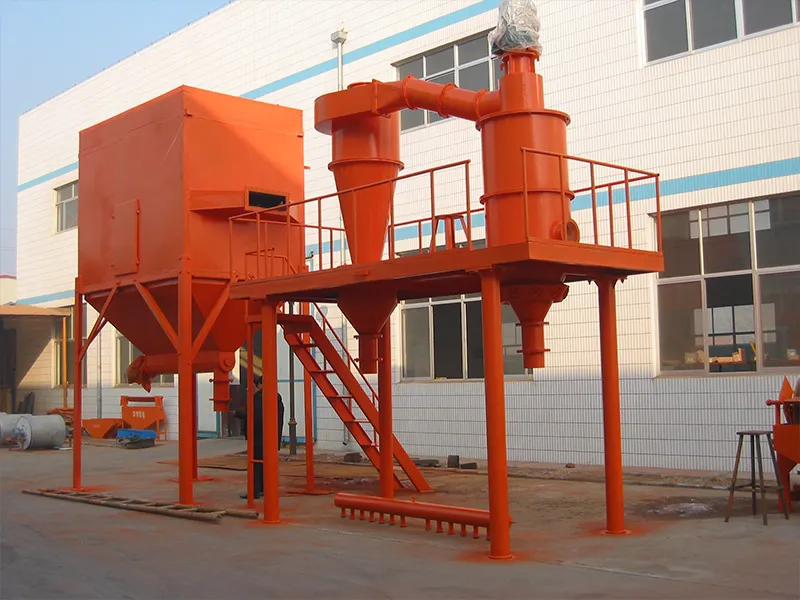Barite has the advantages of high density, stable chemical properties, non-toxicity, and strong radiation absorption, and has been widely used. Surface modification has become an important means to improve its performance and expand its application range.
Barite is a non-renewable resource. The main component of barite is BaSO₄. Compared with its theoretical composition, natural barite also contains small amounts of Sr, Pb, and Ca due to isomorphic substitution. Barite is a sulfate mineral with an orthorhombic crystal system. Its physical and chemical properties are relatively stable. It is difficult to dissolve in water and hydrochloric acid. It has the advantages of high density, good filling ability, non-toxicity, non-magnetism, strong radiation absorption, and good optical properties. It is an important inorganic chemical product and is widely used in the petrochemical, building materials, plastics, coatings, rubber, and automotive brake pad industries, among others.
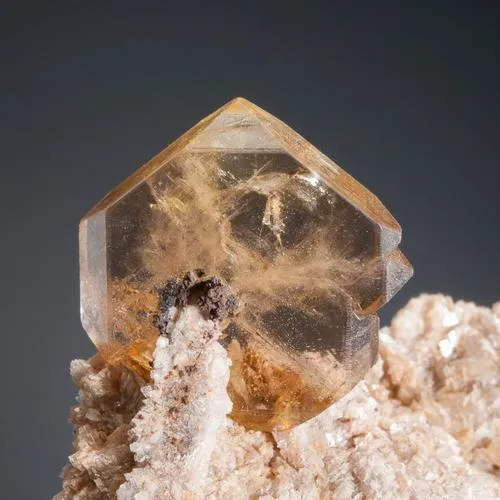
When barite is used as a filler, it can improve the processing performance, physical properties, and chemical stability of inorganic/polymer composite materials. This significantly reduces the amount of resin and the overall cost. However, due to the hydrophilic nature of barite, the difference in interfacial properties with organic polymer matrices, and the presence of surface effects. It is difficult for barite to disperse evenly in organic materials. This difference in physical and chemical properties between barite and the polymer can affect the overall performance of the composite material. Currently, the most effective solution is surface modification of barite. This allows a modifier to form an adsorption layer or monolayer film on its surface. This alters the surface properties, improves dispersibility and compatibility with organic materials. And this expands its application range, and increases the product’s added value.
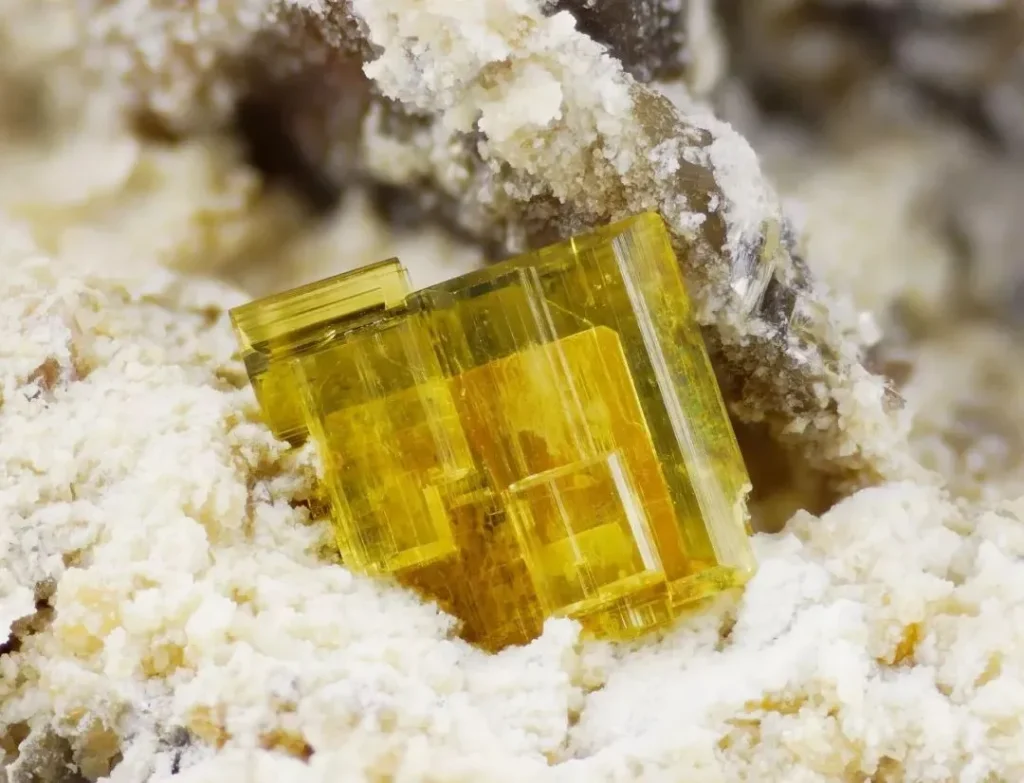
The surface modification of barite and its application as a filler have been widely studied. What are the available surface modification methods? How can one choose a suitable modification method to meet the needs of different types of barite and their specific applications?
Currently, the main surface modification methods for barite include surface chemical coating, mechanochemical treatment, and chemical deposition.
1. Surface Chemical Coating Method
The surface chemical coating method uses chemical interactions to uniformly and stably coat modifiers onto particle surfaces, thereby altering the particles’ surface properties.
Xiao Qin et al. used sodium dodecyl sulfate as a modifier. After modification, a coating formed on the surface of the barite particles. The study found that the sedimentation rate and volume of barite in kerosene were greatly reduced. Its nature changed from hydrophilic to lipophilic, with the contact angle increasing to 150.8°. Zhou Hong et al. also used this method to adjust the hydrophobicity of barite. The method improves its dispersibility in kerosene and reducing particle size and agglomeration. This was attributed to the reaction of unsaturated cations on the barite surface with stearate and sodium oleate ions, forming an organic coating with long hydrocarbon chains.

The surface modifier is either adsorbed onto the surface of barite or reacts with surface hydroxyl groups to form chemical bonds, resulting in an organic coating. This prevents particle agglomeration through steric repulsion or electrostatic forces, thus improving dispersibility. Although this method is more complex, it is also more effective. Therefore, to enable large-scale application, further process optimization and improvements in coating efficiency are necessary.
2. Mechanochemical Method
The mechanochemical method primarily utilizes mechanical force to activate the particle surface, promoting chemical reactions between the particles and the modifier, thereby achieving surface coating.
Huang Xiangyang et al. applied the wet ball milling method to grind the polymer dispersant and barite raw material together. Under mechanical force, the particle size of the powder decreased, and the activation sites on the surface facilitated the polymerization of the dispersant on the barite surface. This reduced the amount of initiator needed and resulted in active barite powder with fine particle size and high dispersibility, significantly improving the dispersibility and stability of coatings.

Chen Youshuang et al. successfully coated stearic acid onto the surface of barite using the mechanical force of a high-speed mixer. Their experiment produces active barite powder that can replace carbon black as a new reinforcing material in rubber. Their study found that incorporating an appropriate amount of active barite improved the mechanical properties of barite/rubber composites. This enhancement is attributed to the mechanochemical modification’s ability to prevent particle agglomeration. It also improves dispersibility and compatibility within the polymer matrix.
Wang et al. prepared barite/TiO₂ composite materials through mechanochemical wet grinding. Results showed that the mechanical energy released during wet grinding promoted the coating of titanium dioxide onto the barite surface. The coating effectiveness was influenced by factors such as co-grinding speed and duration. Under optimal conditions, the pigment properties of the barite/TiO₂ composites were found to be comparable to those of pure TiO₂.
Mechanism of Mechanochemical Modification of Barite:
This method mainly relies on ultrafine grinding and other intense mechanical forces to intentionally activate the surface free energy of powder particles. This alters the surface structure and properties, causes lattice distortion and dislocation. It enhances the reactivity with modifiers, improves powder activity, ensures more uniform particle distribution, and strengthens interfacial bonding with the matrix. The mechanochemical modification process is relatively simple and cost-effective, and it has already seen widespread practical application.
It is particularly suitable for barite with larger particle sizes. However, for nano-sized barite, the effectiveness of using a single mechanochemical modification method is limited. Therefore, future development should focus on improving the uniformity of interactions between powder and modifier. This reducin the required amount of modifier, enhancing coating effectiveness through combined modification techniques, and introducing new equipment. Such as jet mills and honeycomb mixers—to simplify the process, lower energy consumption, and enhance environmental friendliness.
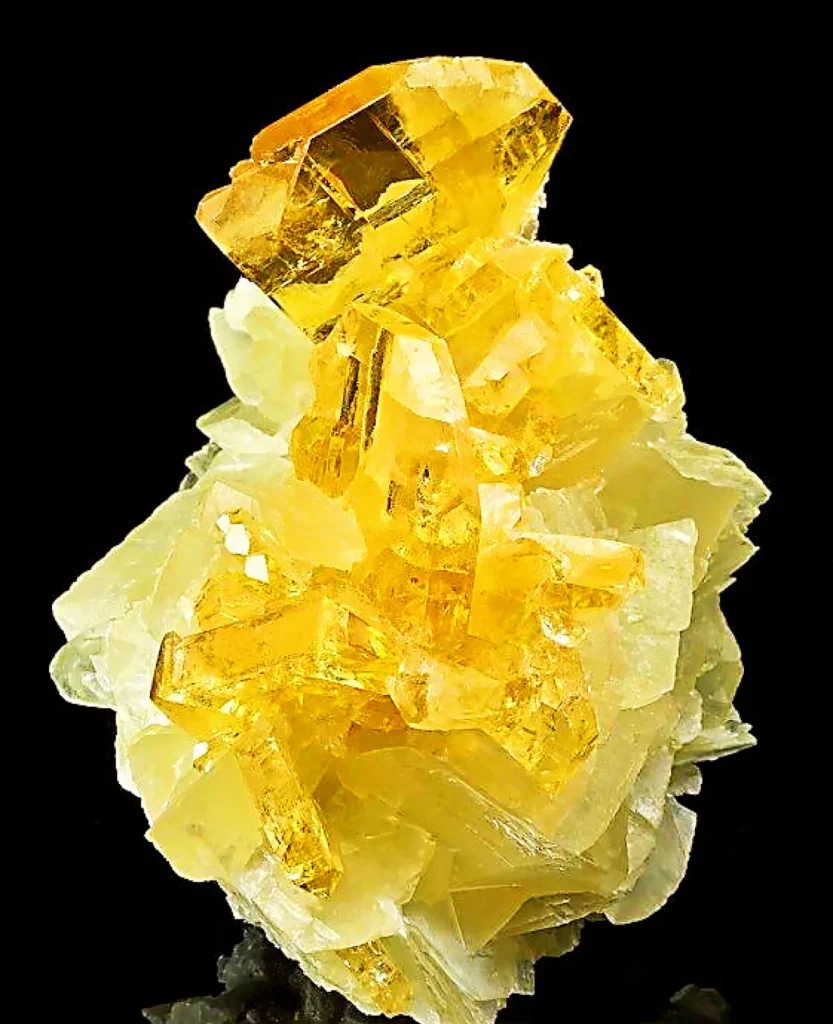
3. Chemical Deposition Method
The chemical deposition method involves adding a modifier or precipitant to a particle suspension, which reacts and precipitates onto the particle surface. After precipitation, processes such as washing, filtration, drying, and calcination are used to firmly form a coating on the particle surface. This method enhances the optical, electrical, magnetic, and thermal properties of the particles.
Hu Xinghang et al. prepared a barite/titanium dioxide composite pigment by mixing, stirring, filtering, drying, and grinding two modified powder slurries. The results showed that after hydrophobic regulation, the barite surface was uniformly coated with TiO₂ particles. The resulting composite pigment exhibited oil absorption and hiding power comparable to pure titanium dioxide and could be used as a substitute pigment.
Zhou et al. used a TiOSO₄ solution in a chemical precipitation method, where hydrolysis and precipitation formed a hydrolysis complex. After impurity removal, drying, and calcination, barite/TiO₂ composite particles were obtained. The study found that barite and TiO₂ were strongly bonded through chemical interactions. It results in composite powders with a uniform and dense structure, exhibiting pigment properties similar to TiO₂.
Mechanism of Chemical Deposition Modification of Barite:
This method mainly relies on chemical reactions to deposit modifiers onto the surface of barite particles, forming one or more coating layers. The coating reduces the surface activity of the particles, prevents agglomeration, and improves the dispersibility and stability of barite in various media. This method is particularly suitable for inorganic surface modifiers. However, the reaction process is difficult to control, and achieving a uniform coating remains a challenge. Therefore, further research is needed to explore the process parameters and underlying mechanisms that influence deposition uniformity, with the goal of enhancing the process’s controllability.
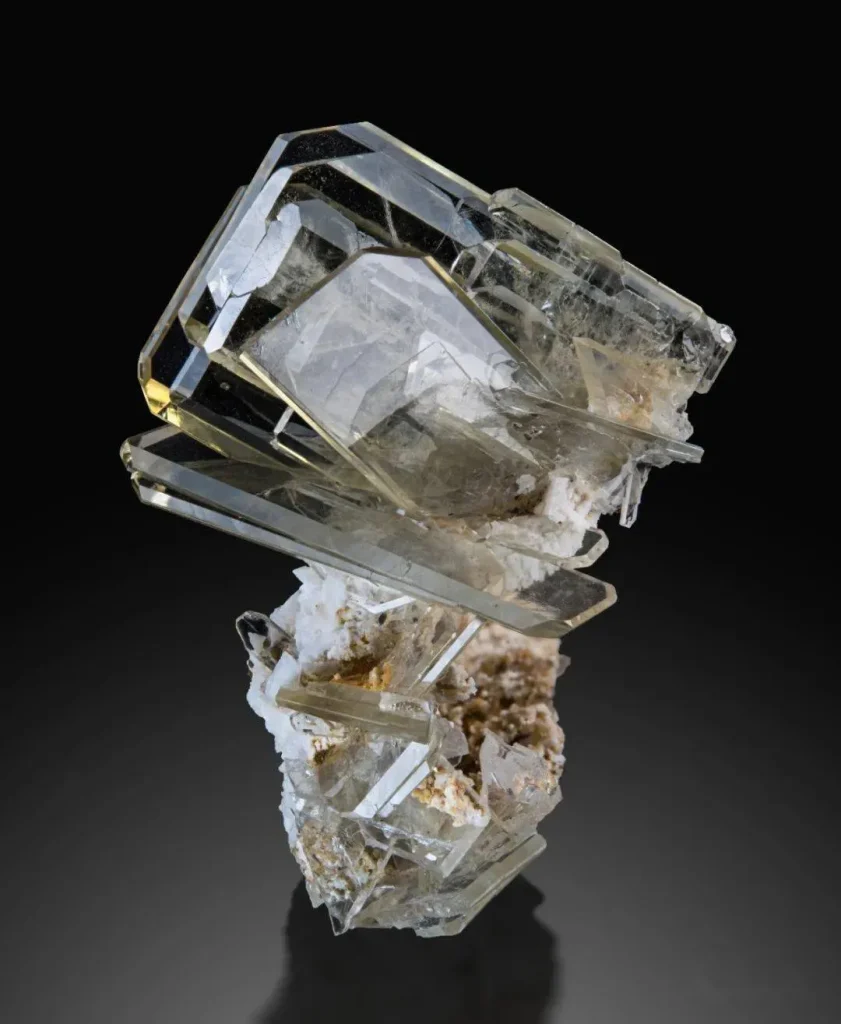
Among the three surface modification methods for barite, the chemical surface coating method involves a relatively complex process. The mechanochemical method is mainly suitable for barite with larger particle sizes. The chemical deposition method faces challenges in process control. As a result, composite modification methods—which combine multiple techniques—are emerging as a promising development direction. They can compensate for the limitations of individual modification processes.
About Epic Powder
As a well-established brand in the industry, Epic Powder Machinery is committed to customer-centricity, quality, and innovation. We are your reliable partner for long-term success.
Choose Epic Powder for efficient, energy-saving, and environmentally friendly powder processing solutions!
Contact us to learn more about our products!
